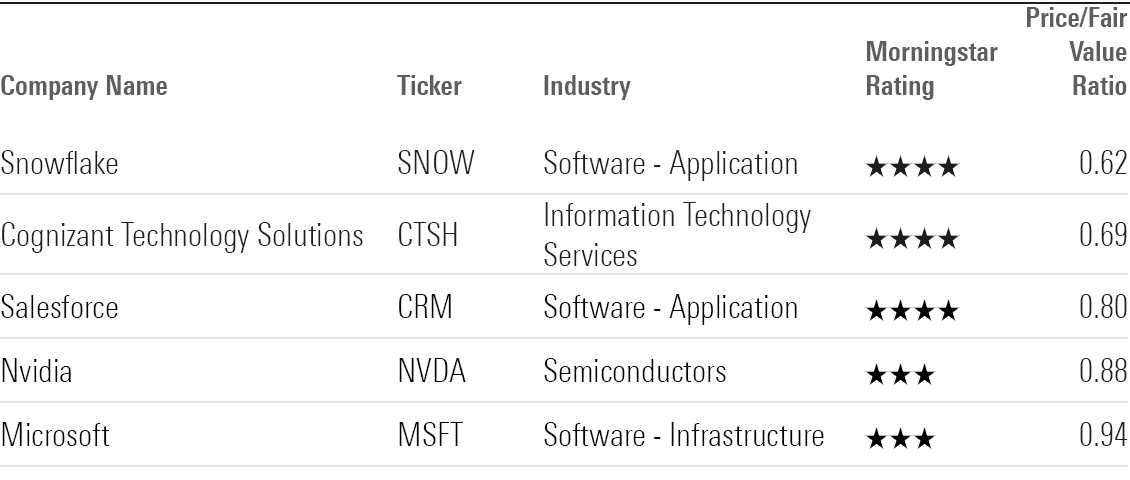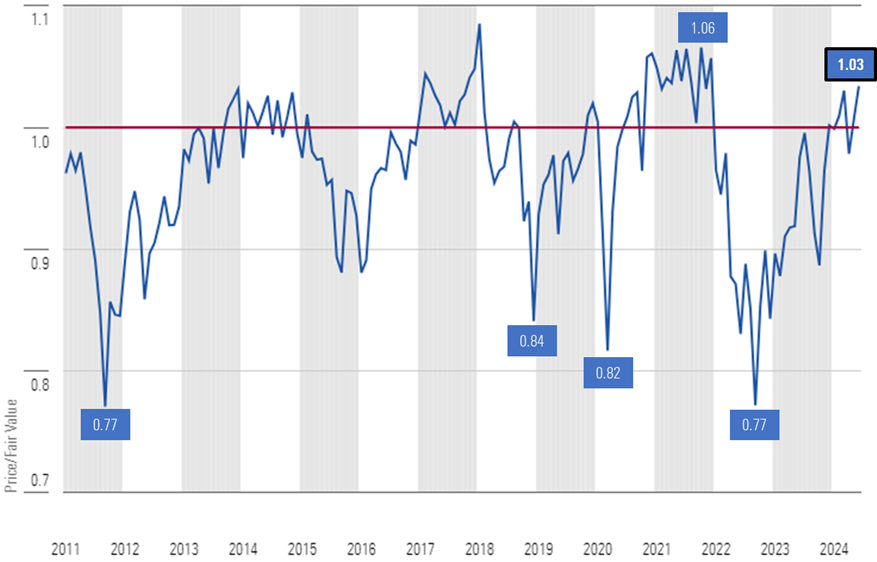20 Best Pieces Of Advice For Choosing AI Stock Analysis Platforms
Top 10 Suggestions For Evaluating Ai And Machine Learning Models Used By Ai Platforms For Analyzing And Predicting Trading Stocks.Assessing the AI and machine learning (ML) models utilized by stock prediction and trading platforms is vital to ensure that they provide precise, reliable, and useful insights. Models that are poorly constructed or overhyped can result in flawed forecasts and financial losses. These are the top 10 guidelines to evaluate the AI/ML models of these platforms:
1. Understand the Model's Purpose and approach
Clarity of objective: Decide whether this model is designed for trading in the short term or long-term investment or sentiment analysis, risk management, etc.
Algorithm Transparency: Make sure that the platform discloses what types of algorithms they employ (e.g. regression, decision trees neural networks and reinforcement-learning).
Customizability: Determine whether the model is able to adapt to your specific trading strategy or your tolerance to risk.
2. Examine the performance of models using metrics
Accuracy: Check the model's accuracy in predicting. However, don't solely rely on this measurement. It can be misleading on financial markets.
Accuracy and recall: Examine how well the model identifies real positives (e.g. accurately forecasted price changes) and reduces false positives.
Risk-adjusted gains: Examine whether the forecasts of the model lead to profitable transactions, after taking into account the risk.
3. Test the Model by Backtesting it
Historical performance: Use the previous data to test the model and determine the performance it could have had in the past under market conditions.
Testing outside of sample: Test the model with data that it was not trained on to prevent overfitting.
Scenario-based analysis involves testing the accuracy of the model in various market conditions.
4. Be sure to check for any overfitting
Overfitting signals: Watch out models that do exceptionally well on data-training, but not well with data unseen.
Regularization methods: Determine if the platform employs methods like normalization of L1/L2 or dropout in order to prevent overfitting.
Cross-validation: Make sure the platform uses cross-validation to assess the model's generalizability.
5. Review Feature Engineering
Relevant features: Ensure that the model includes relevant features (e.g. price, volume and technical indicators).
Select features that you like: Choose only those features that have statistical significance. Do not select redundant or irrelevant information.
Updates to dynamic features: Check if the model adapts to changes in features or market conditions over time.
6. Evaluate Model Explainability
Interpretation: Ensure that the model gives clear explanations of its predictions (e.g. SHAP values, the importance of features).
Black-box platforms: Be wary of platforms that use excessively complex models (e.g. neural networks deep) without explainability tools.
User-friendly Insights that are easy to understand: Ensure that the platform offers actionable insight in a format traders can easily understand and utilize.
7. Assessing the Model Adaptability
Market shifts: Find out whether the model is able to adapt to new market conditions, for example economic shifts or black swans.
Continuous learning: Verify that the platform updates the model with fresh data in order to improve performance.
Feedback loops - Make sure that the platform is able to incorporate real-world feedback as well as user feedback to enhance the design.
8. Examine for Bias Fairness, Fairness and Unfairness
Data biases: Make sure that the data for training are accurate and free of biases.
Model bias: Find out if you are able to monitor and minimize biases that exist in the predictions of the model.
Fairness. Be sure that your model doesn't unfairly favor specific industries, stocks or trading techniques.
9. The computational efficiency of the Program
Speed: Determine whether the model can make predictions in real-time or with low latency, particularly in high-frequency trading.
Scalability: Find out whether the platform can manage several users and massive data sets without affecting performance.
Resource usage: Verify that the model is optimized for the use of computational resources efficiently (e.g., GPU/TPU utilization).
Review Transparency and Accountability
Model documentation: Make sure the platform provides an extensive document detailing the model's architecture and training process.
Third-party validation: Determine whether the model was independently validated or audited by an outside person.
Error handling: Verify that the platform has mechanisms to detect and correct models that have failed or are flawed.
Bonus Tips
Case studies and user reviews Utilize feedback from users and case studies to gauge the performance in real-life situations of the model.
Trial time: You can try the demo, trial, or a free trial to test the model's predictions and the usability.
Customer support - Make sure that the platform is able to offer a solid support service in order to resolve problems related to model or technical issues.
Use these guidelines to evaluate AI and ML stock prediction models to ensure that they are accurate and clear, and that they are aligned with trading goals. Read the most popular ai chart analysis for blog info including AI stock trading app, AI stock picker, AI stock trading, ai for investing, ai for stock trading, ai trade, ai for investing, best ai trading software, investment ai, best ai trading app and more.

Top 10 Tips To Assess The Reputation Of Ai Stocks Predicting/Analyzing Trading Platforms
To ensure trustworthiness, reliability and efficiency, it's essential to assess the credibility and reputation of AI-driven prediction platforms and trading platforms. Here are the top 10 ways to assess their reputation and reviews:
1. Check Independent Review Platforms
There are reviews available on reliable platforms like G2, copyright or Capterra.
Why: Independent platforms are unbiased and provide feedback from real users.
2. Examine testimonials from users as well as cases studies
Tips: Read testimonials from users and case research on the platform's website or third-party sites.
What are the benefits? They provide insight into real-world performance and satisfaction of users.
3. Examine Expert Opinions and Industry Recognition
Tip: Find out whether any industry experts or analysts with a reputation have viewed the platform or made a recommendation.
Why? Expert endorsements add an air of credibility for the platform.
4. Social Media Sentiment
TIP Be on the lookout for social media platforms such as Twitter, LinkedIn and Reddit to find out what people are saying about them.
Why? Social media can be a fantastic source of honest opinions, trends and information about the platform.
5. Verify Regulatory Compliant
TIP: Make sure that the platform is in compliance with the financial regulations (e.g., SEC, FINRA) and privacy laws (e.g. GDPR).
The reason: Compliance assists in ensuring that the platform runs legally and ethically.
6. Look for Transparency in Performance Metrics
TIP: Seek out transparent performance indicators on the platform (e.g. accuracy rates and ROI).
Transparency is crucial because it builds trust, and allows users to evaluate the effectiveness of the system.
7. Take into account the quality of customer service.
Check out the reviews for more information about customer service and its effectiveness.
Why: Reliable support is crucial to resolve issues and ensuring a pleasant user experience.
8. Red Flags are a good indicator of a bad review
Tip: Pay attention to complaints that are recurrent like ineffective service, hidden fees, or a lack of regular updates.
The reason: A pattern of negative feedback suggests that there are problems with the platform.
9. Assess Community and User Engagement
Tip - Check to see whether there is an active community of users using the platform (e.g. Discord groups, forums) and if they engage with their users regularly.
Why is that a solid community indicates satisfaction of users and ongoing support.
10. Examine the history of the business
Check out the company's past performance, its management, as well as the performance of the sector of financial technology.
Why? A proven track record will increase confidence in the reliability of the platform and experience.
Compare different platforms
Compare the reviews and reputation of various platforms to determine which one is the best fit for your requirements.
The following tips can help you assess the reputation of AI trading and stocks prediction platforms. You will be able to choose a solution that is reliable and efficient. Follow the most popular ai tools for trading for blog recommendations including best ai trading platform, ai investment tools, ai options, chart ai trading, ai options, chart ai trading, best ai penny stocks, investing with ai, best AI stocks to buy now, investing with ai and more.
